
In the realm of technological advancements, one term has stood out prominently in recent times: Artificial Intelligence, or AI. “Neural Network”
This revolutionary concept has not only captured the imagination of scientists and tech enthusiasts but has also found applications in various industries, reshaping the way we live and work.
The Genesis of AI:

The seeds of were sown decades ago, but it’s only in recent years that we’ve witnessed its meteoric rise.
refers to the development of computer systems that can perform tasks that typically require human intelligence.
This encompasses a wide range of activities, from problem-solving and decision-making to language translation and even creative tasks.
The birth of can be traced back to the seminal Dartmouth Workshop in 1956, where the term was first coined.
Key Components :
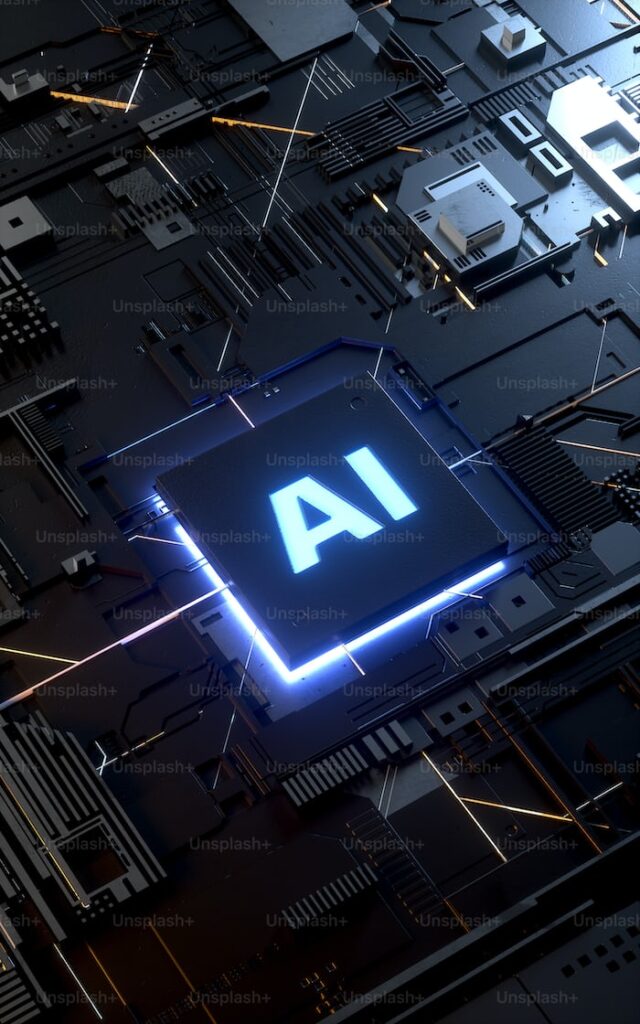
encompasses several subfields, each with its unique focus. Machine Learning (ML) is perhaps the most prominent among them.
ML enables computers to learn from data, improving their performance over time. Deep Learning (DL), a subset of ML, involves neural networks inspired by the human brain’s structure.
These networks are designed to analyze vast datasets and extract patterns, making them highly effective in tasks like image and speech recognition.
in Everyday Life:

has seamlessly integrated into our daily lives, often without us realizing it.
Virtual assistants like Siri and Alexa leverage natural language processing to understand and respond to our commands.
E-commerce platforms use algorithms to recommend products based on our browsing and purchase history, enhancing the shopping experience.
Even the entertainment industry relies on to personalize content recommendations on streaming platforms.
AI in Healthcare:
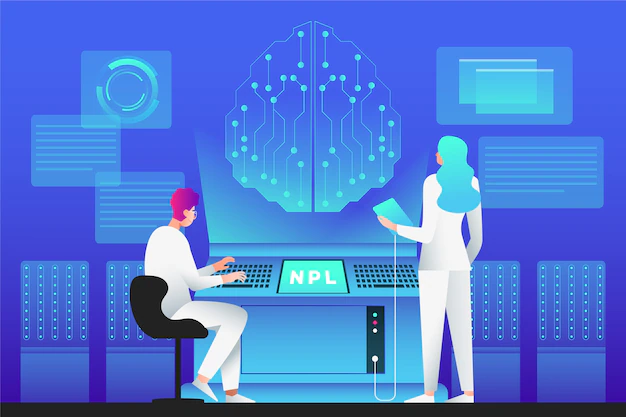
One of the most promising applications of is in healthcare. From early disease detection to drug discovery, is revolutionizing patient care.
Machine learning algorithms can analyze medical data to predict disease outbreaks and improve diagnosis accuracy.
Additionally, powered robotic surgeries are becoming more common, reducing the margin of error and enhancing surgical precision.
in Business:

Businesses are leveraging to streamline operations and gain a competitive edge.
Data analysis powered by helps companies identify trends, preferences, and customer behavior, aiding in making informed decisions.
Chatbots provide real-time customer support, improving user experience and reducing the need for manual intervention.
Ethical Considerations:
As becomes more sophisticated, ethical concerns arise.
The potential for job displacement due to automation, biased algorithms, and data privacy breaches are subjects that demand attention.
Striking a balance between technological advancement and societal well-being is crucial.
The Road Ahead:
The future of holds immense promise. As technology evolves, we can expect Asystems to become even more intricate and capable.
driven vehicles could revolutionize transportation by making it safer and more efficient.
Climate change solutions might benefit from ability to process and analyze large datasets to identify patterns and solutions.
Challenges and Limitations:
Despite its potential, faces certain limitations.
Current models require substantial amounts of data for training, making them less effective in scenarios with limited information.
Ensuring AI’s transparency and interpretability remains a challenge, especially in critical domains like healthcare, where decisions impact human lives.
Natural Language Processing (NLP):
Natural Language Processing (NLP) is a subset of that focuses on the interaction between computers and human language.
NLP algorithms enable machines to understand, interpret, and generate human language in a way that feels natural.
This has led to the development of advanced language translation tools, sentiment analysis for social media monitoring, and even chatbots that can hold realistic conversations with users.
Autonomous Vehicles:
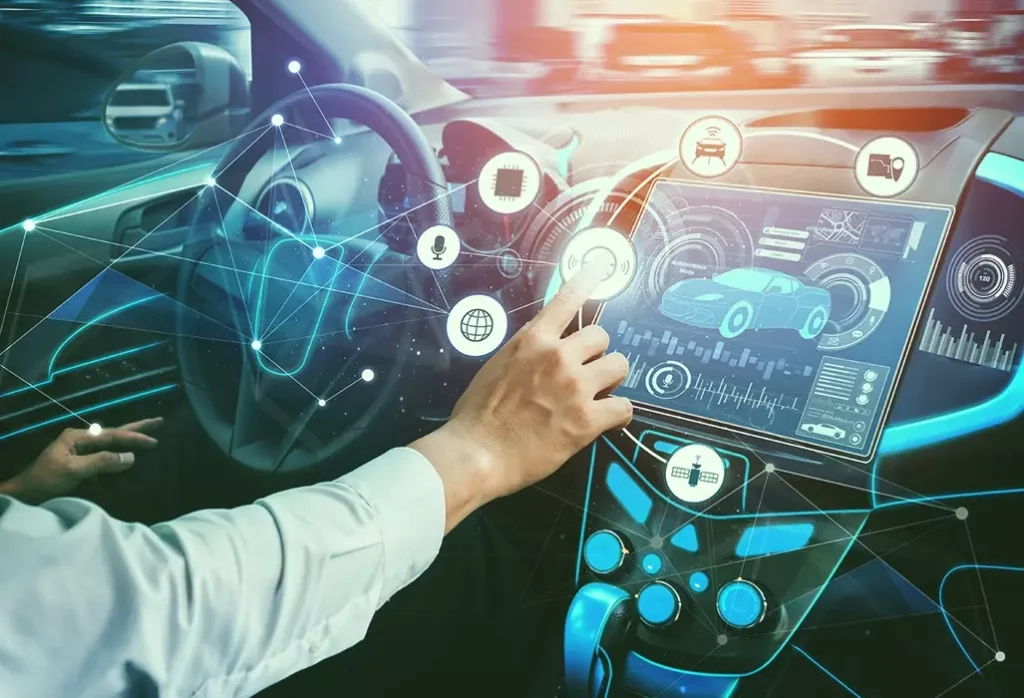
is driving the development of autonomous vehicles, which have the potential to revolutionize transportation.
Self-driving cars use sensors, cameras, and algorithms to navigate roads, make real-time decisions, and avoid obstacles.
The goal is to create safer, more efficient roadways while reducing traffic congestion and accidents.
Companies like Tesla, Waymo, and Uber are at the forefront of this transformative technology.
in Creativity:
Contrary to popular belief, isn’t limited to analytical tasks. It’s also making strides in creative fields.
generated art, music, and literature are gaining attention. Generative Adversarial Networks (GANs) are used to create original artworks that emulate the styles of famous artists.
is also being used to compose music and even generate content for marketing campaigns.
Ethics and Bias:
As becomes more ingrained in our lives, issues of ethics and bias have come to the forefront.
algorithms can unintentionally perpetuate bias present in the data they’re trained on. Efforts are being made to ensure fairness and transparency in systems.
Researchers and developers are working to create algorithms that mitigate bias and produce more equitable outcomes, particularly in areas like hiring, lending, and criminal justice.
in Education:
Education is another arena where is making a mark.
Personalized learning platforms use to adapt to students’ individual learning styles and paces.
Intelligent tutoring systems offer real-time feedback and guidance to students, enhancing their understanding of complex subjects.
Moreover, can automate administrative tasks, allowing educators to focus more on teaching and student engagement.
in Science and Research:
is proving invaluable in scientific research by speeding up data analysis and driving discoveries.
algorithms can sift through massive datasets to identify trends, patterns, and correlations that might otherwise go unnoticed.
In fields like genomics, is aiding in the analysis of DNA sequences, leading to breakthroughs in personalized medicine and disease prevention.
Limitations and Ethical Concerns:
While has achieved remarkable feats, it’s not without limitations and ethical considerations.
models can be vulnerable to adversarial attacks, where small changes to input data can lead to incorrect outputs.
Ensuring systems are secure and robust is a significant challenge.
Additionally, the ethical implications of such as privacy concerns, job displacement due to automation, and the potential misuse of for malicious purposes, require careful consideration.
Collaboration Between Humans and AI:
An exciting development is the idea of collaborative intelligence, where humans and AI work together synergistically.
Rather than replacing human workers, systems can augment their abilities.
This partnership has the potential to unlock new levels of innovation, productivity, and problem-solving across various domains.
in Agriculture:
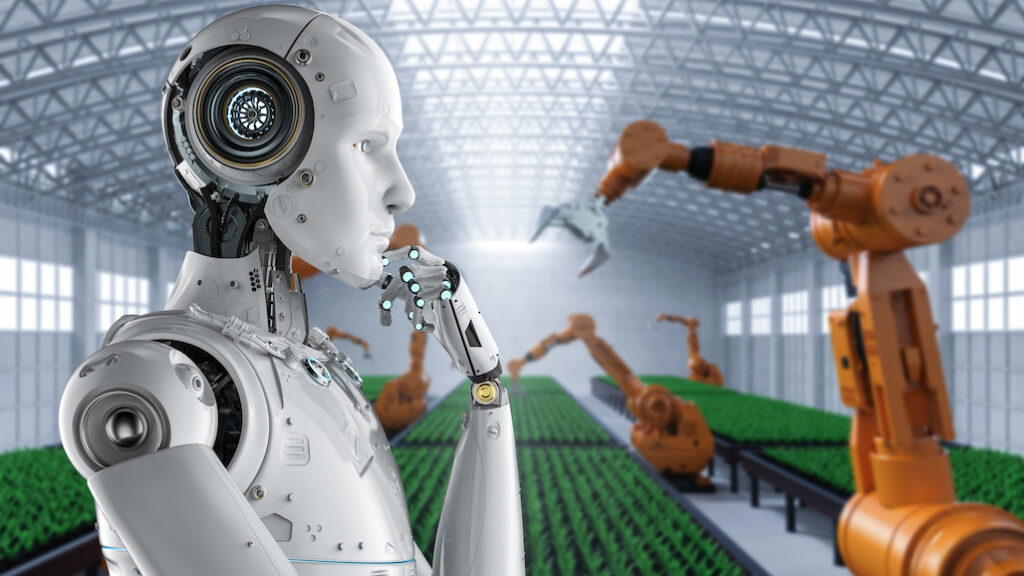
is revolutionizing agriculture by improving crop yields, reducing resource wastage, and aiding in pest management.
Drones equipped with powered sensors can monitor crop health and provide early detection of diseases.
Machine learning algorithms analyze data to predict optimal planting times, optimize irrigation, and enhance overall farm efficiency.
and Climate Change:
Addressing climate change requires understanding vast amounts of data.
is a powerful tool for analyzing climate data and predicting trends.
Climate models that use algorithms can simulate complex interactions and provide insights into potential future scenarios.
also supports renewable energy sources by optimizing energy production and consumption, making the transition to sustainable energy more efficient.
Financial Services:
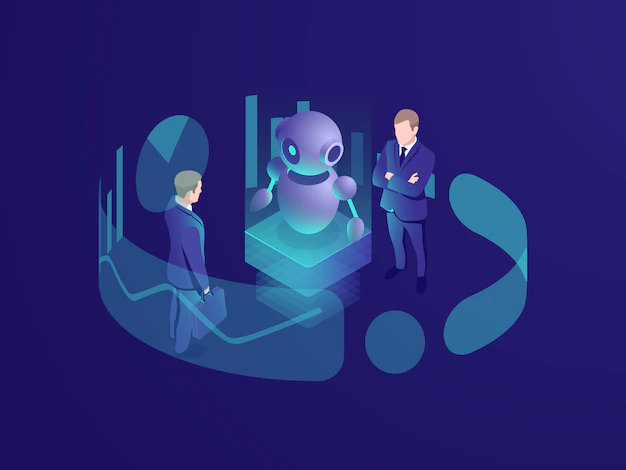
Financial institutions are leveraging for tasks like fraud detection, risk assessment, and portfolio management.
algorithms analyze transaction patterns to identify suspicious activities, protecting consumers and businesses from fraudulent behavior.
powered chatbots offer personalized financial advice and assistance, enhancing customer experience in the banking sector.
in Gaming:

has transformed the gaming industry by enhancing player experiences and enabling more sophisticated gameplay.
In-game opponents can adapt to players’ strategies, creating dynamic and challenging experiences.
is also used to create realistic graphics, simulate complex physics, and generate procedurally generated content, expanding the possibilities of game design.
and Drug Discovery:
The process of drug discovery is time-consuming and costly.
accelerates this process by predicting potential drug candidates, simulating molecular interactions, and analyzing vast datasets to identify promising compounds.
This has the potential to revolutionize pharmaceutical research and lead to faster development of life-saving medications.
and Language Translation:
Language barriers can hinder communication and collaboration.
powered translation tools, such as Google Translate, have made significant strides in breaking down these barriers.
Neural machine translation techniques, a subset of have enabled more accurate and contextually relevant translations, bridging the gap between languages and cultures.
and Personalized Healthcare:
The concept of personalized medicine is becoming more feasible with .
By analyzing individual patient data, can help predict disease risks, customize treatment plans, and even identify potential adverse reactions to medications.
This approach improves patient outcomes by tailoring medical interventions to a person’s unique genetic makeup and health history.
The Future of AI:
Looking ahead, the future of holds boundless possibilities.
Quantum computing, a nascent technology, could exponentially enhance processing power, unlocking new avenues for research and problem-solving.
Additionally, integration with the Internet of Things (IoT) could lead to more interconnected and intelligent devices that work seamlessly to improve daily life.
Ethical Development:
The development of must be guided by ethical principles.
Ensuring fairness, accountability, transparency, and the mitigation of bias are crucial considerations.
As becomes more sophisticated, the need for responsible and ethical development practices becomes increasingly important to avoid unintended consequences.
Conclusion:
In conclusion, impact on society is both diverse and profound.
From healthcare to climate change, finance to entertainment, its influence is transforming industries and reshaping the way we interact with technology.
As continues to evolve, its role in our lives will likely become even more significant, posing challenges and opportunities that require careful thought and responsible development.
The journey of is an ongoing exploration, and its ability to enhance human capabilities and improve our world remains an exciting and promising prospect.
In conclusion, AI’s impact on society is multifaceted and continually evolving. Its applications span from healthcare to entertainment, from business to scientific research.
As we move forward, it’s essential to balance AI’s potential benefits with ethical considerations and to continue investing in research and development that addresses its limitations.
The journey of is an ongoing exploration, and its transformative effects on society are likely to shape the course of the future in ways we can’t fully predict.
Artificial Intelligence is reshaping the world as we know it, touching various aspects of our lives and industries.
Its potential to solve complex problems, enhance efficiency, and drive innovation is undeniable.
However, with great power comes great responsibility. Ethical considerations and careful regulation are necessary to harness AI’s capabilities for the betterment of humanity.
As we navigate this technological frontier, striking a balance between progress and ethics will be the key to unlocking AI’s full potential.
In conclusion, AI’s journey from its inception to its current state is a testament to human ingenuity.
As technology continues to advance, so too will the capabilities of
The impact it has already made on various sectors is profound, and the future it promises is both exciting and challenging.
The evolution of is a remarkable story that is still being written, and its chapters are sure to shape the course of human history for years to come. https://lovishweb.com/
